Jamaica Ackee Fruit

Ackee is a tropical fruit that grow widely through Jamaica on evergreen trees that can grow as tall as 75 feet.
In Jamaica the ackee is in season between January to March and June to August.
Although ackee is a fruit it is treated like a vegetable, just like tomato or breadfruit.
But unlike breadfruit and tomato, ackee must to be cooked before it is eaten.
The ackee fruit is a native of West Africa and was brought to Jamaica and the rest of the Caribbean in the 1800s.
In West Africa and many other parts of the world, ackee is not consumed as much as it is in Jamaica.
The name Ackee was derived from the West African word Akye fufo.
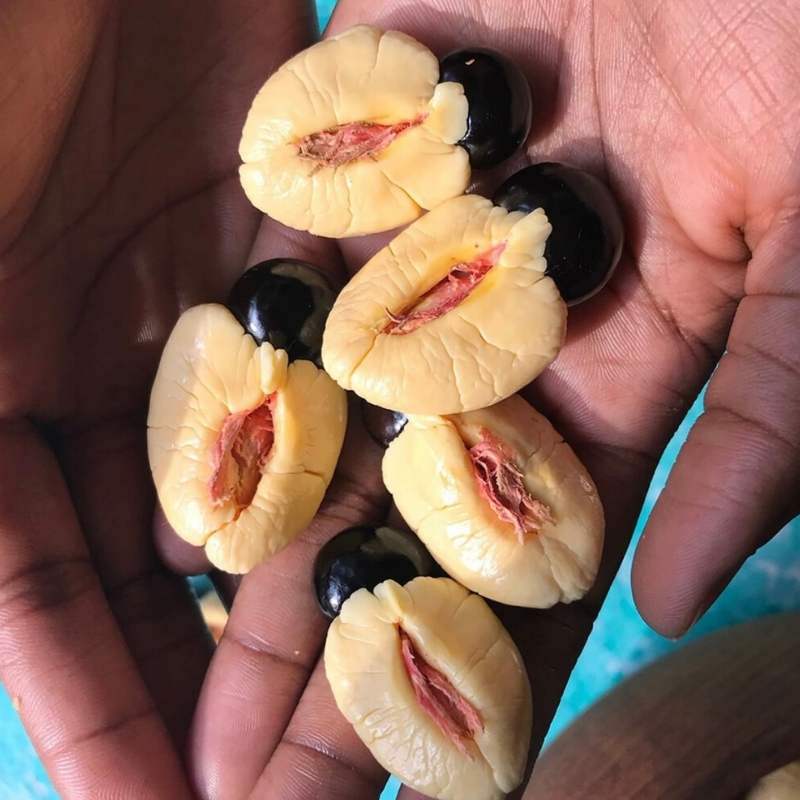
Ackee is the National Fruit of Jamaican and is one of the key ingredients of the Jamaican’s National dish.
The ackee have an interesting taste. It is not sweet, it is not salty neither is it fruity.
The taste comes mainly from the other foods that are cook along with ackee. Jamaicans cook ackee with either saltfish, meat, or other vegetables.
When cooked the ackee have a very soft texture and yellow is colour resembling scramble eggs.
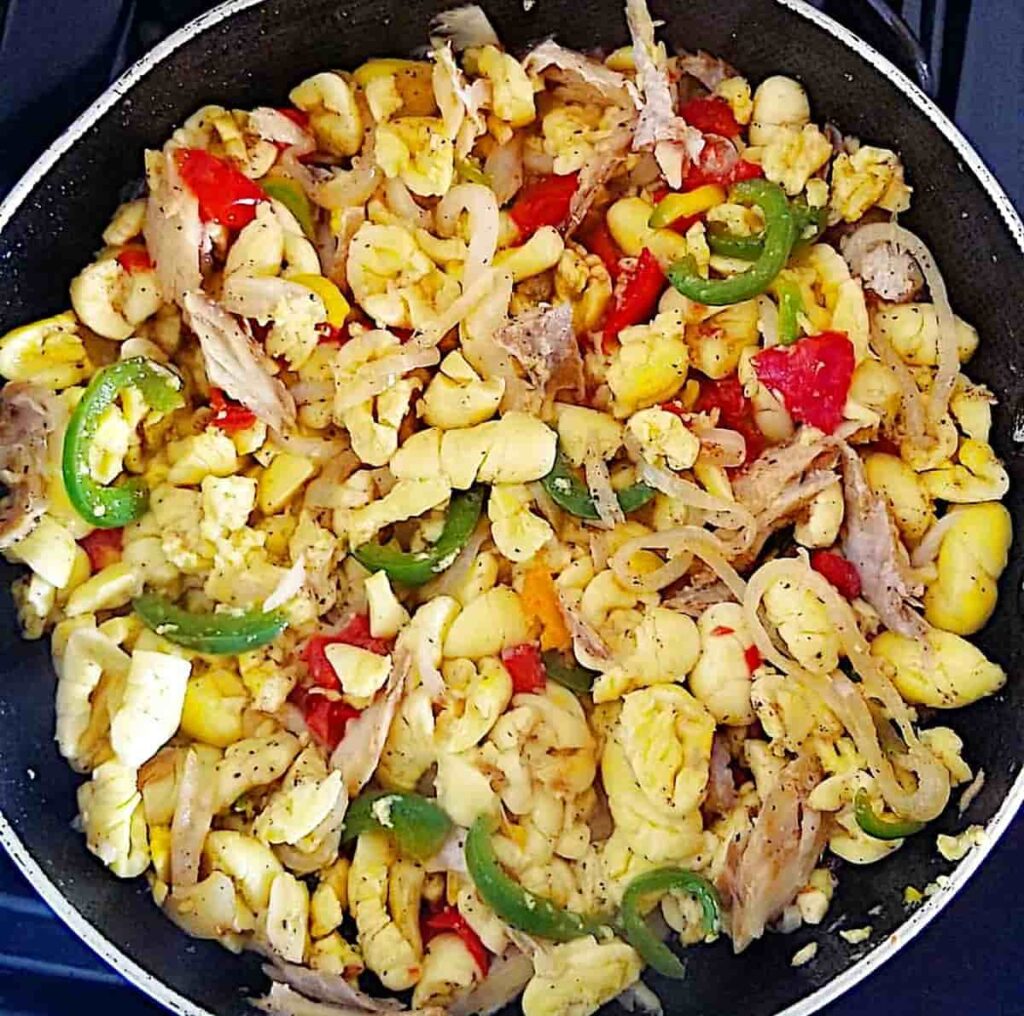
Jamaican serve ackee dish as a main dish. We eat with roasted breadfruit, fried dumpling, plain rice or hard food with cooked ackee.
The ackee fruit is highly nutritious and healthy, it is rich in protein, calcium, sodium and vitamin C.
And in some parts of Jamaica, the leaf of the tree is to make tea to relief cold and flu.
Is Ackee Fruit Poisonous?
Let’s get to the question you are asking, can ackee kill you?
The young unripe ackee is very poisonous and can be fatal if consumed. The outer skin of the unripe fruit is light green and it is not open.
If eaten, hypoglycin, the poison in the fruit will cause severe vomiting, loss of consciousness, seizures or even death.
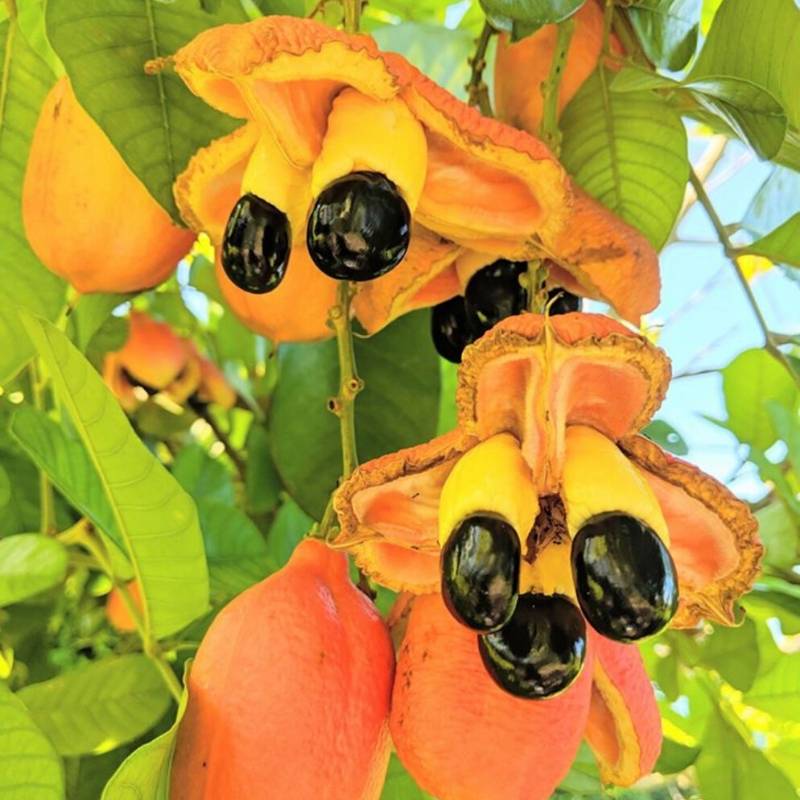
When the ackee is fully matured, the colour of the outer skin is bright orange and it is split open exposing the yellow flesh and black seeds of the fruit.
At this point the level of hypoglycin is completely undetectable and the fruit is safe for consumption.
Because of the above, fresh ackee is ban in the US, however, you can find frozen and tin ackee.
This is to make sure that any ackee imported into the country is always safe to eat.

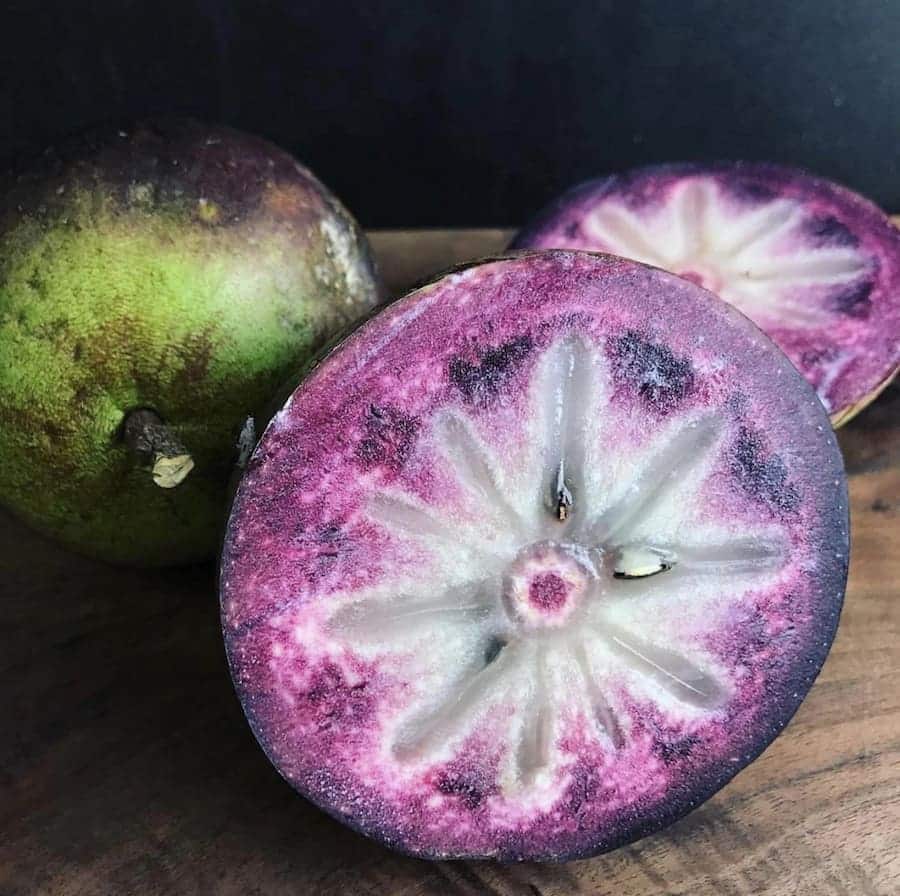
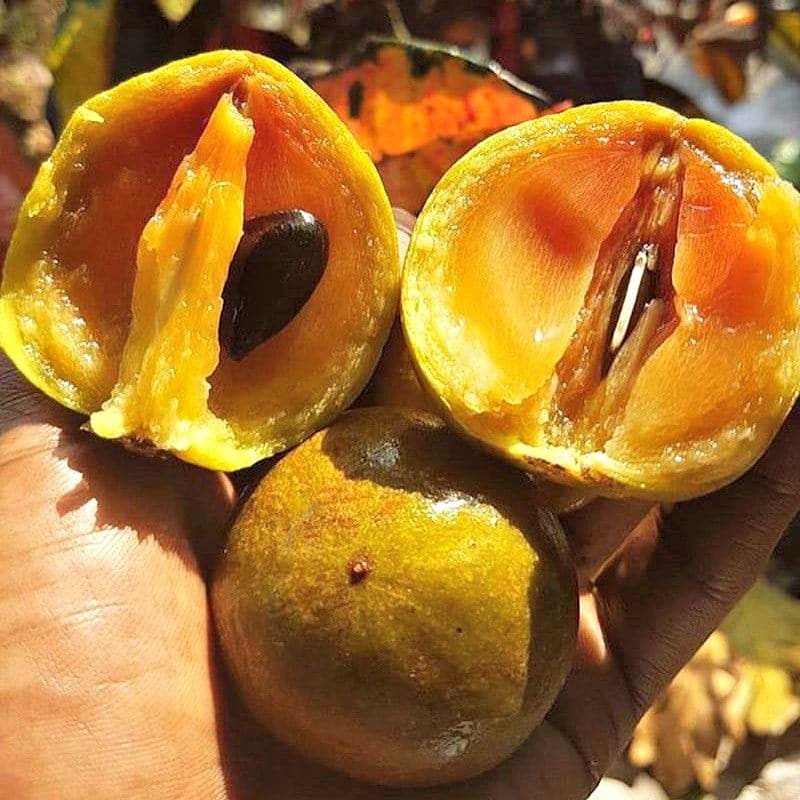
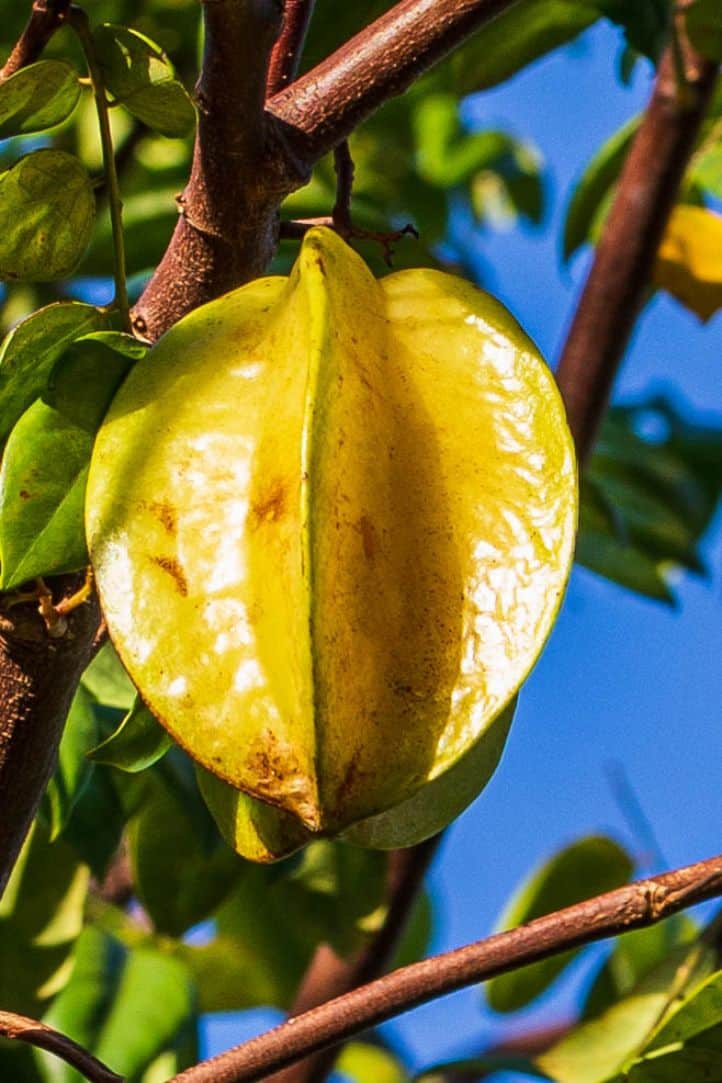
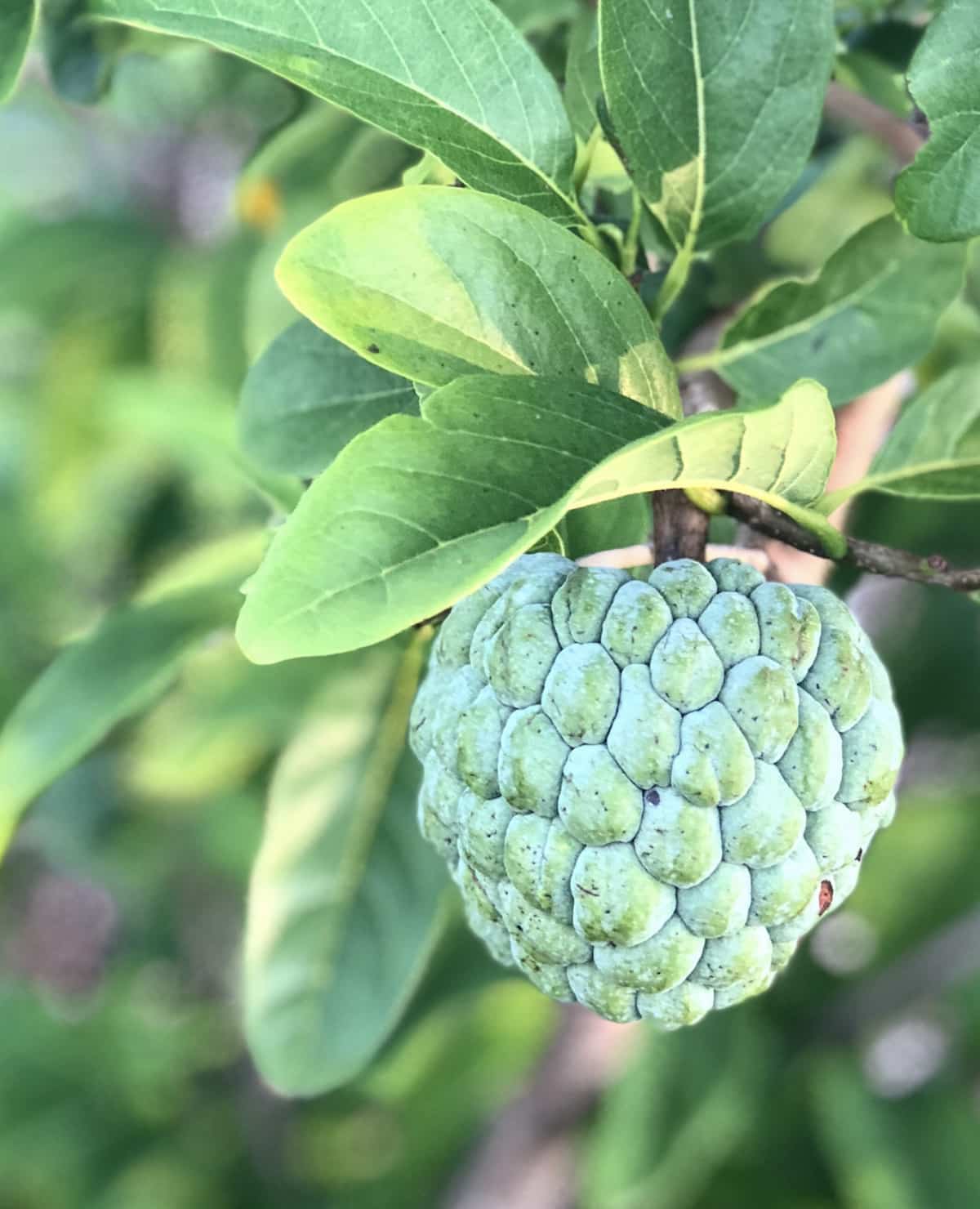
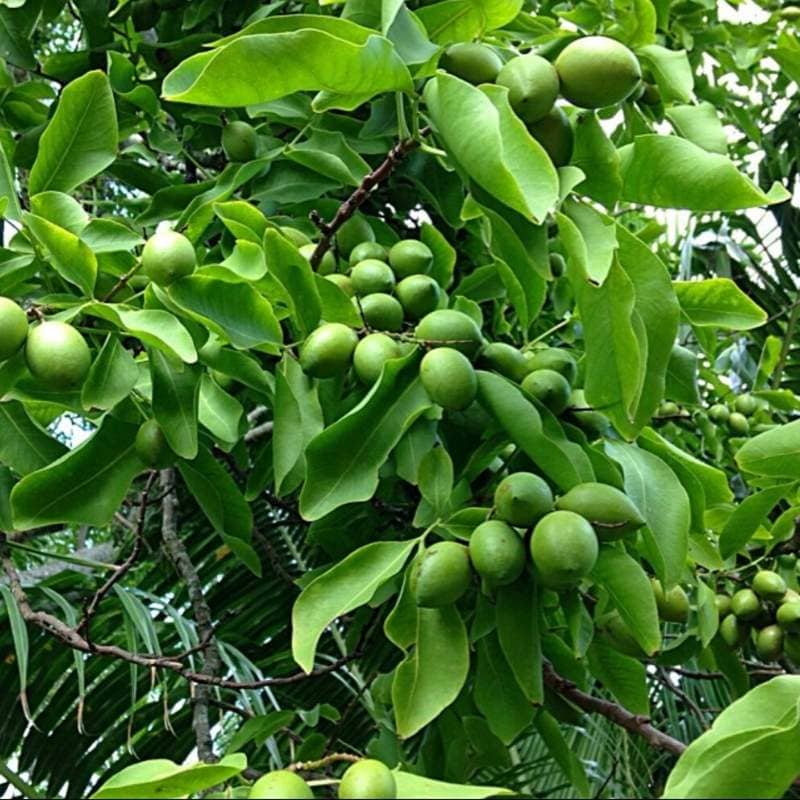
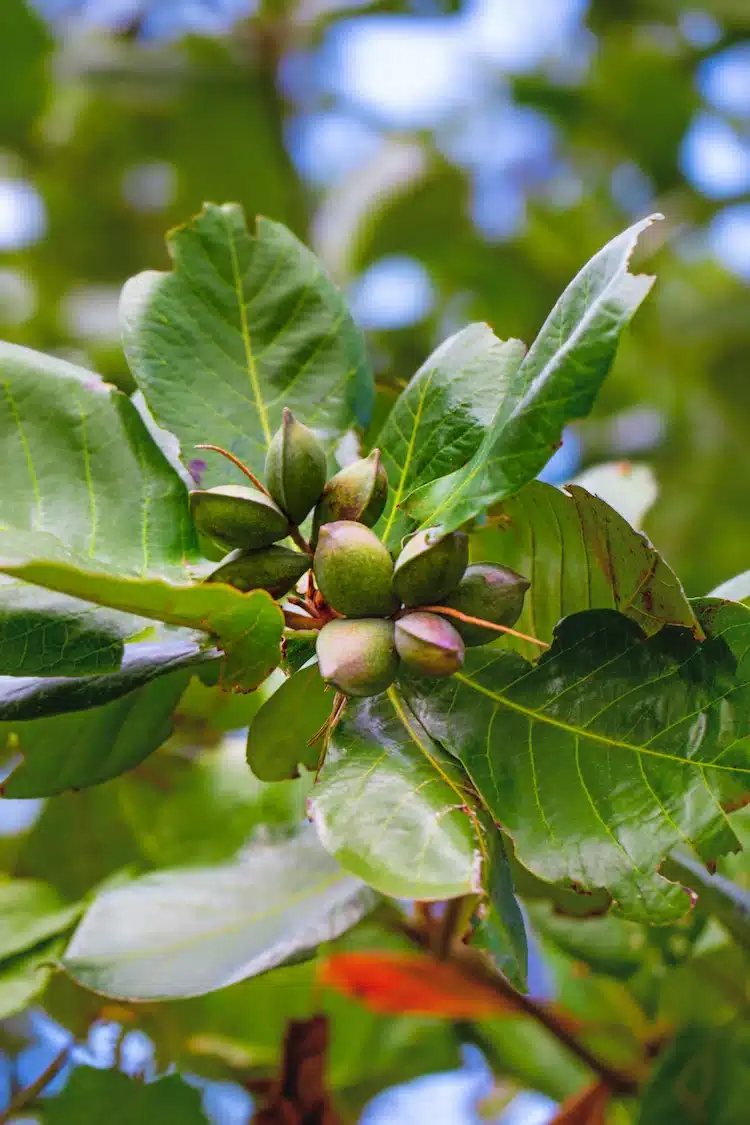
Well I have three ackee trees in my backyard and it’s the first time ever seeing this kind of tree so that’s why I did research and I’m glad I did